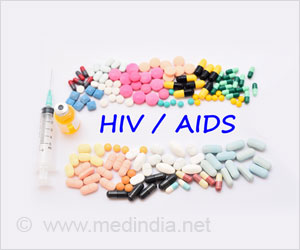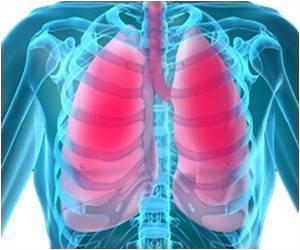India has commenced a major drive against HIV-Aids involving hundreds of village leaders
The government’s plan that was announced on Tuesday, to involve thousands of rural politicians towards the fight against an HIV/AIDS epidemic, which has spread deep into the countryside has been welcomed by all the major health groups in India.
It was reported that the focus on the rural areas had come after reports have indicated that nearly 60% of HIV positive people live in the country's villages. Reports now show that India has an estimated 5.7 million people infected with HIV virus, and that S.Africa being the only country with such a large problem.Health officials have explained that poverty, migration, and limited access to health care are among the main reasons that are making rural India more susceptible to the disease. The government in partnership with UNAids had launched this new campaign on Tuesday, in the capital city of Delhi. Council leaders of around 500 villages attended the launch, and its primary aim was to try and enlist their support in controlling the spread of the disease.
Denis Broun, the executive director of UNAids stated at the convention that, “Aids is a disease of intimacy and has a lot to do with things that are personal, such as sex and death. The local-level bodies are the closest to the people, hence their cooperation is very important.” Mr Broun further explained that the experiment of using mayors and leaders of local bodies for spreading awareness regarding HIV/AIDS has worked well in Africa and North America.
Sujatha Rao, the head of the National Aids Control Organisation, said that migrant workers and truck drivers have been identified as the core group, which take the infection to rural areas. She explained that the programme would train local leaders to help women with Aids, who generally suffer from a great deal of discrimination and isolation. Ms Rao further stated that local leaders would be encouraged to make sure that condoms would be more easily accessible and also to introduce Aids education in schools.
Currently the village councils manage rural development plans, community services, and public health and family welfare. Explaining that the council members usually belong to the village and have direct access to all the families in their area, the officials are of the opinion that due to this wide reach they would probably have the potential to make campaign a success.
The officials have explained that that the council members are now being encouraged to make HIV and Aids part of local-level planning and to concentrate on various myths that are associated with the disease. The health officials did however accept that even though the risk that the virus could cause to the population is very large, there is however a very little awareness especially among women regarding he spread and prevention of the disease.
Advertisement





